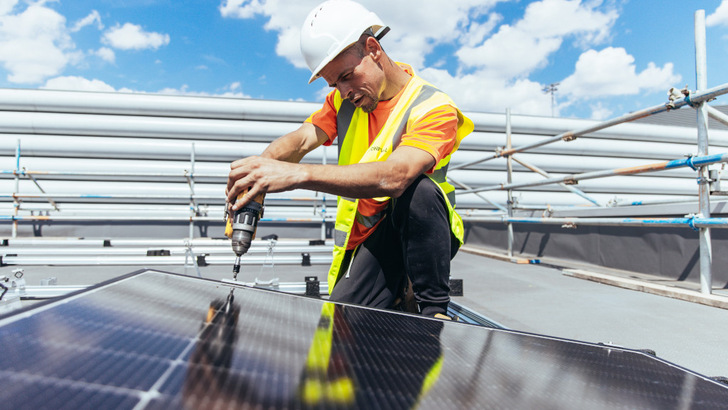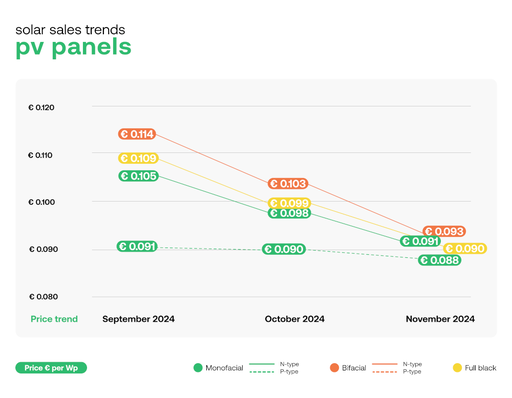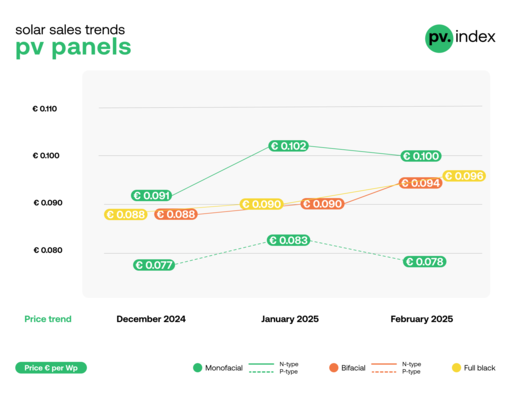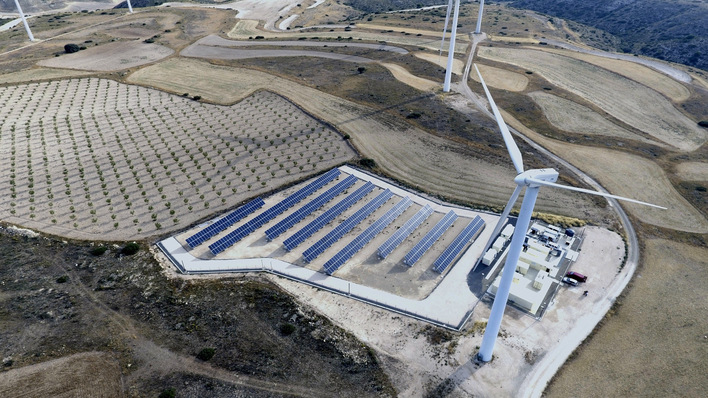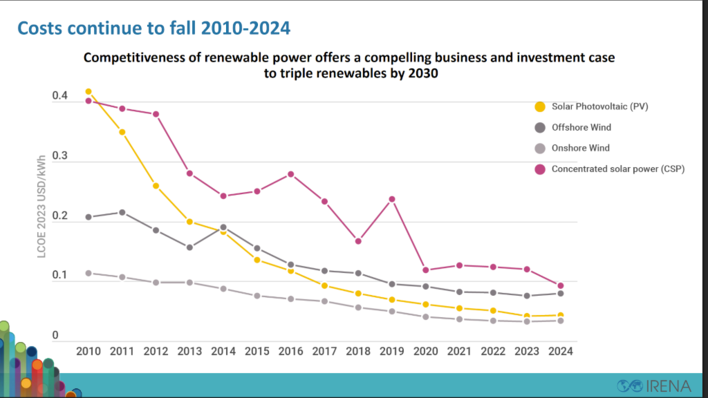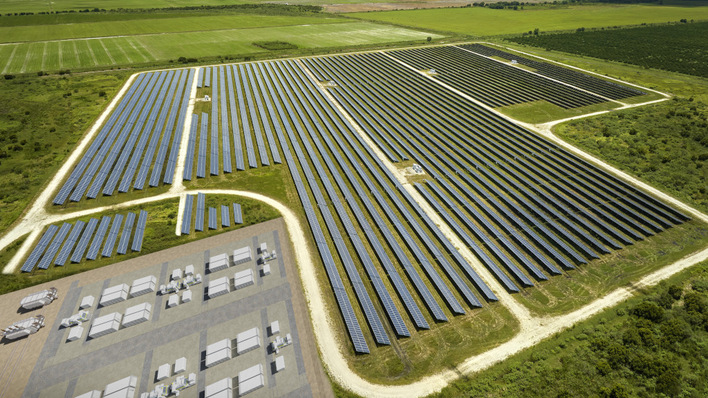Investment in clean technologies, including renewables, grids, storage, low-emissions fuels, efficiency and electrification, is set to reach a record $2.2 trillion this year. However, this figure includes nuclear power, which the International Energy Agency (IEA) also classifies as a clean technology. Investment in oil, natural gas and coal is expected to reach $1.1 trillion. This reflects not only efforts to reduce emissions but also the growing influence of industrial policy, energy security concerns and the cost competitiveness of electricity-based solutions, according to the 2025 edition of the IEA's annual World Energy Investment report.
Stay informed – get our free special PV newsletter for investors
Alongside a comprehensive assessment of the current investment landscape across fuels, technologies and regions, this 10th edition of the World Energy Investment report examines key developments over the past decade.
Energy security as key driver
“Amid the geopolitical and economic uncertainties that are clouding the outlook for the energy world, we see energy security coming through as a key driver of the growth in global investment this year to a record $3.3 trillion as countries and companies seek to insulate themselves from a wide range of risks,” said IEA Executive Director Fatih Birol. “The fast-evolving economic and trade picture means that some investors are adopting a wait-and-see approach to new energy project approvals, but in most areas we have yet to see significant implications for existing projects.”
ELTIF (I): Expansion of renewables requires immense investments
“When the IEA published the first ever edition of its World Energy Investment report nearly ten years ago, it showed energy investment in China in 2015 just edging ahead of that of the United States,” Birol added. “Today, China is by far the largest energy investor globally, spending twice as much on energy as the European Union – and almost as much as the EU and United States combined.”
Over the past decade, China’s share of global clean energy spending has risen from a quarter to almost a third, underpinned by strategic investments in a wide range of technologies, including solar, wind, hydropower, nuclear, batteries and EVs. At the same time, global spending on upstream oil and gas is increasingly concentrated in the Middle East.
New Age for Electricity – led by solar PV
Today’s investment trends clearly indicate that a new Age of Electricity is approaching. A decade ago, fossil fuel investments were 30% higher than those in electricity generation, grids and storage. This year, electricity investments are set to be around 50% higher than the total amount spent on bringing oil, natural gas and coal to market.
Globally, spending on low-emissions power generation has almost doubled over the past five years, led by solar PV. Investment in solar, both utility-scale and rooftop, is expected to reach $450 billion in 2025, making it the single largest item in the global energy investment inventory. Battery storage investment is also rising rapidly, set to exceed $65 billion this year.
IRENA: Solar fastest growing energy source worldwide
Capital flows to nuclear power have grown by 50% over the past five years and are on track to reach around $75 billion in 2025. Rapid growth in electricity demand is also sustaining investment in coal supply, primarily in China and India. In 2024, China began construction on nearly 100 gigawatts of new coal-fired power plants, pushing global approvals to their highest level since 2015.
Not enough grid investments
In a worrying sign for electricity security, investment in grids – currently at $400 billion per year – is failing to keep pace with spending on generation and electrification. Ensuring security of supply would require grid investment to rise towards parity with generation spending by the early 2030s. However, this is being constrained by lengthy permitting processes and tight supply chains for transformers and cables.
Double investments in power distribution or lose race to net-zero
Lower oil prices and demand expectations are set to trigger the first year-on-year decline in upstream oil investment since the Covid-related slump in 2020, according to the report. The expected 6% drop is driven primarily by a sharp reduction in spending on US tight oil. By contrast, investment in new liquefied natural gas (LNG) facilities is on a strong upward trajectory, with major projects in the United States, Qatar, Canada and other regions preparing to come online. Between 2026 and 2028, the global LNG market is projected to see its largest ever capacity expansion.
Africa struggling to mobilise capital
Spending patterns remain highly uneven worldwide, with many developing economies – particularly in Africa – struggling to mobilise capital for energy infrastructure, the report finds. Africa currently accounts for just 2% of global clean energy investment. Despite representing 20% of the world’s population and facing rapidly rising energy demand, total investment across the continent has declined by a third over the past decade, driven by falling fossil fuel spending and limited growth in clean energy.
Multilateral development banks to reinforce climate finance
To close the financing gap in African countries and other emerging and developing economies, international public finance must be scaled up and deployed strategically to attract larger volumes of private capital, the report says. (hcn)
Stay up to date and subscribe to our newsletter.


